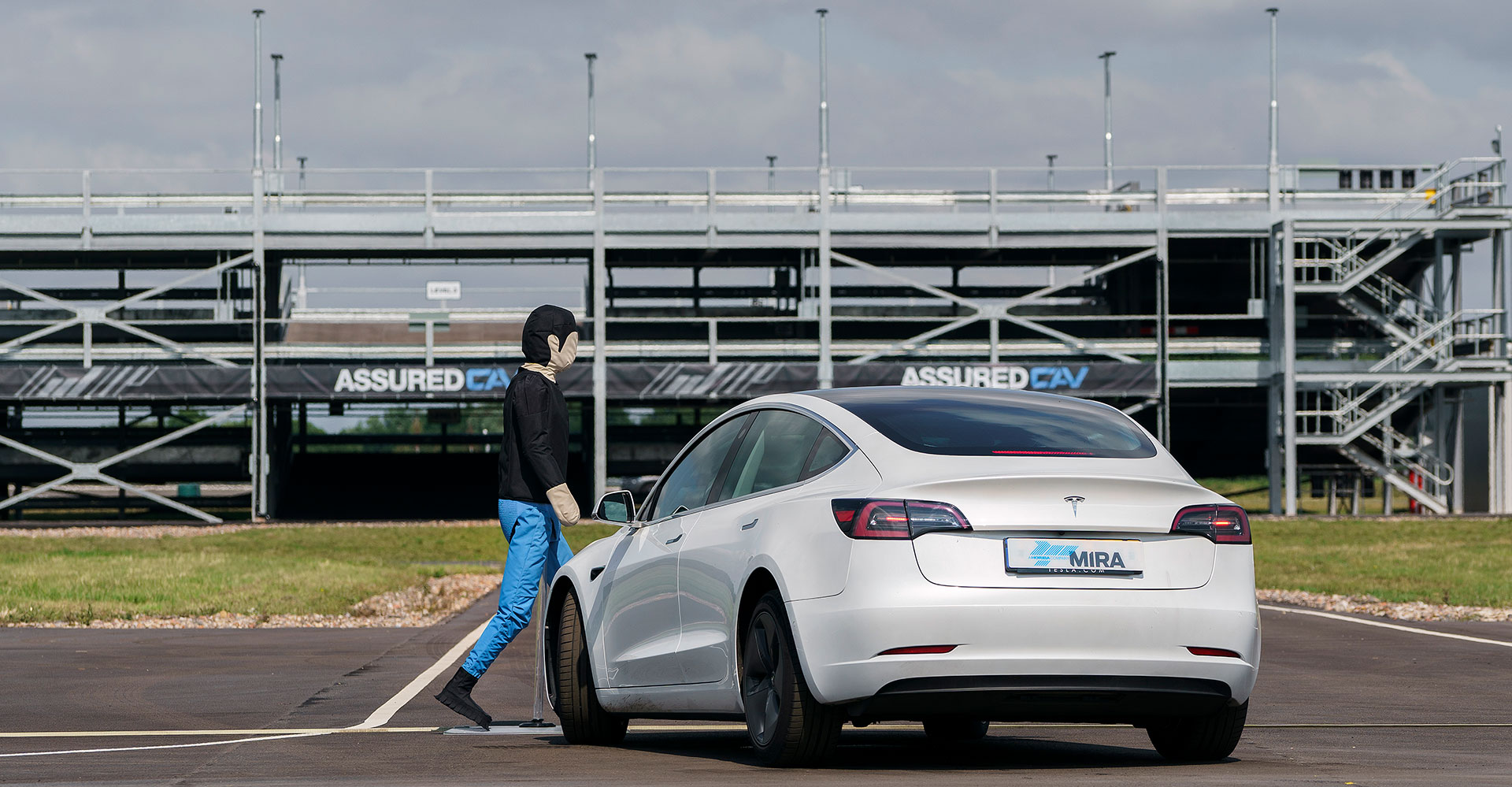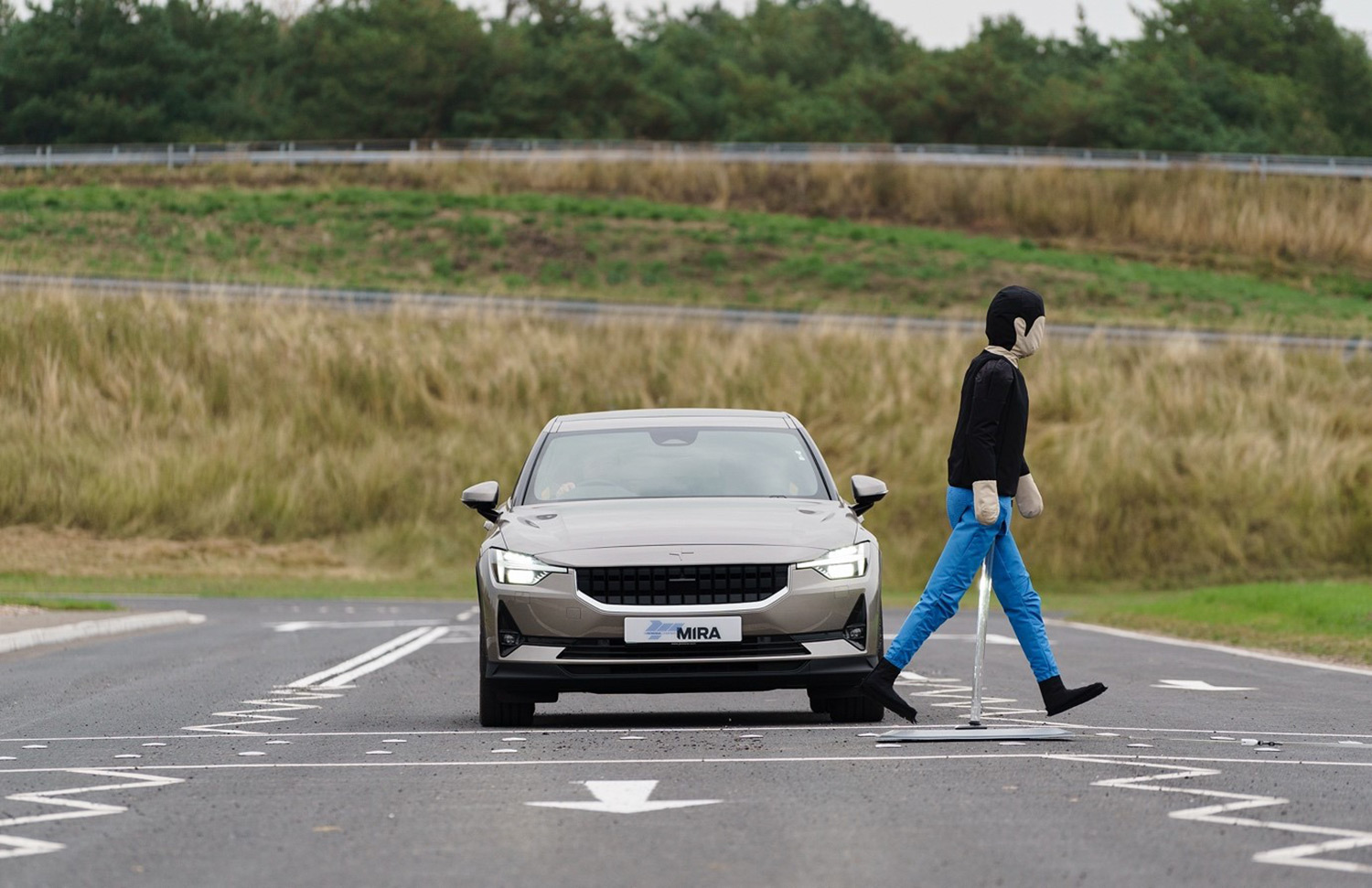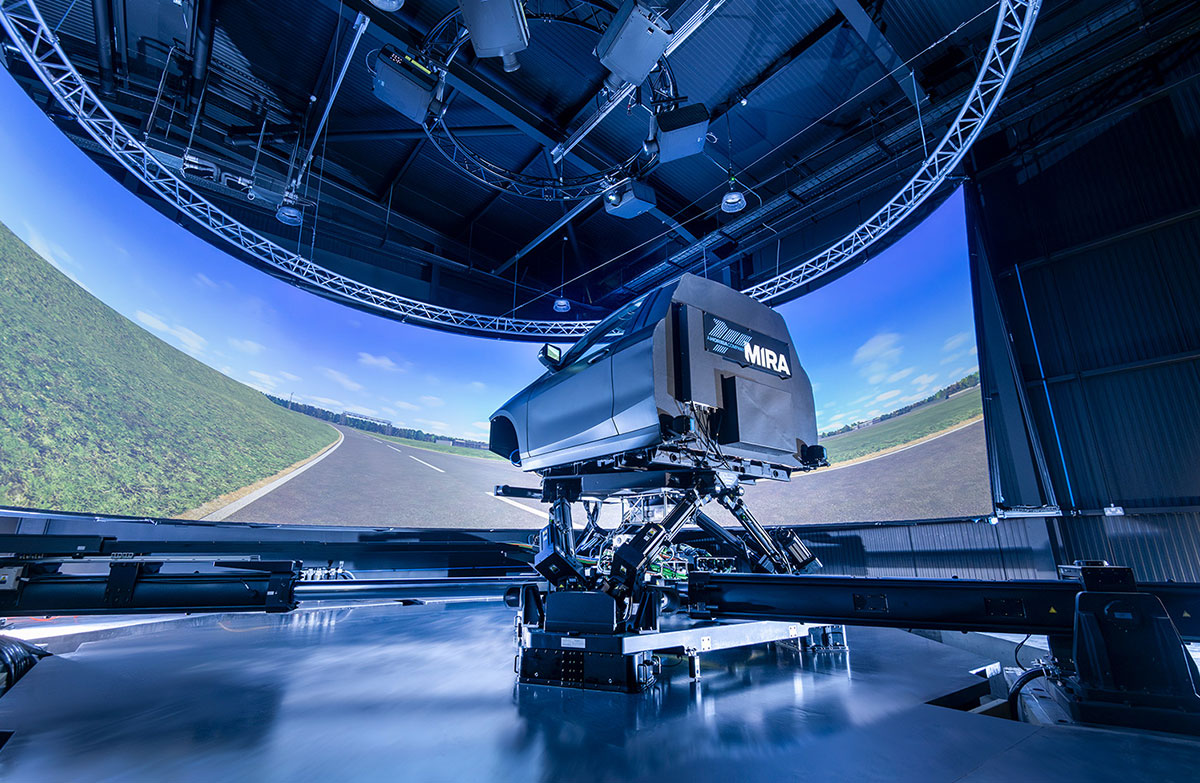Europe Launches New Emissions Test Regime
Today sees the launch of the new light duty EURO 6d regulation, which come into effect in Europe. The regulations introduce a new laboratory test with new drive cycle, the Worldwide Harmonized Light Vehicles Test Procedure (WLTP), as well as the requirement to measure exhaust emissions in the real world with the Real Driving Emissions Test (RDE).

This legislation means that new vehicles will need to comply with legislative limits for exhaust emissions in both the test laboratory and in the real world. Dr Prabhjot Kaur, Technical Consultant for Emissions at HORIBA MIRA said: “We welcome this significant change in the way vehicles are tested and approved in Europe to help improve air quality. These new tests will help Europe in achieving its clean air goals and will pave the way for ever cleaner vehicles on our roads.”
The WLTP is a transient drive cycle simulating urban to motorway speeds with idle periods, harsher accelerations and decelerations which are more representative of how we drive in the modern day and reflect advances in vehicle technologies. There are stricter requirements for vehicle set-up and also more stringent laboratory measurement conditions with ambient test temperature close to European averages and enhancements of measurement equipment. As such, WLTP is expected to provide more realistic CO2 emissions and fuel consumption data as well as pollutant emissions.
The new cycle has been developed as a global cycle taking driving data from different regions to provide a better way to compare emissions from European vehicles with other countries who will adopt WLTP. Europe is in fact the first to introduce the new test regime which has been under development since 2007.
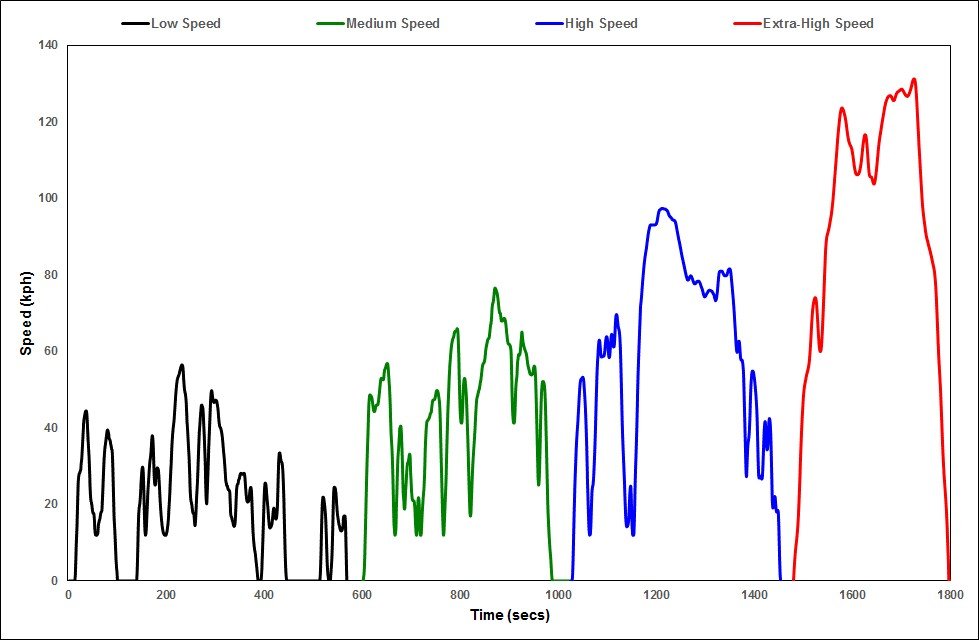
In addition to the WLTP test, vehicles must now comply with not-to-exceed limits in the real world for NOx and Particle Number (PN) emissions. This testing is done through the Real Driving Emissions test (RDE). The new RDE test involves:
- Installation of Portable Emissions Measurement Systems (PEMS).
- A PEMs validation test is conducted in the laboratory where the WLTP emissions are measured using both the lab and PEMs equipment. Comparison of the lab and PEMs data has the purpose of checking and confirming a satisfactory PEMS installation which ensures accurate data is generated on the road. The lab test also provides data critical for the assessment of the RDE emissions.
- The vehicle is then driven, in a manner typical of the majority of drivers, on a range of public roads including urban, rural and motorway during which the exhaust emissions are measured.
Vehicle approval is based on a single RDE test conducted under the environmental conditions encountered on the test day, however the vehicle manufacturer must ensure that the emissions are compliant over the full range of conditions (Fig 1) defined in the regulations:
- Ambient temperature – summer or winter
- Altitude – driving at sea level or through hilly or mountainous roads
- Driving Style – a gentle to a more aggressive driver
Click to watch our RDE Video
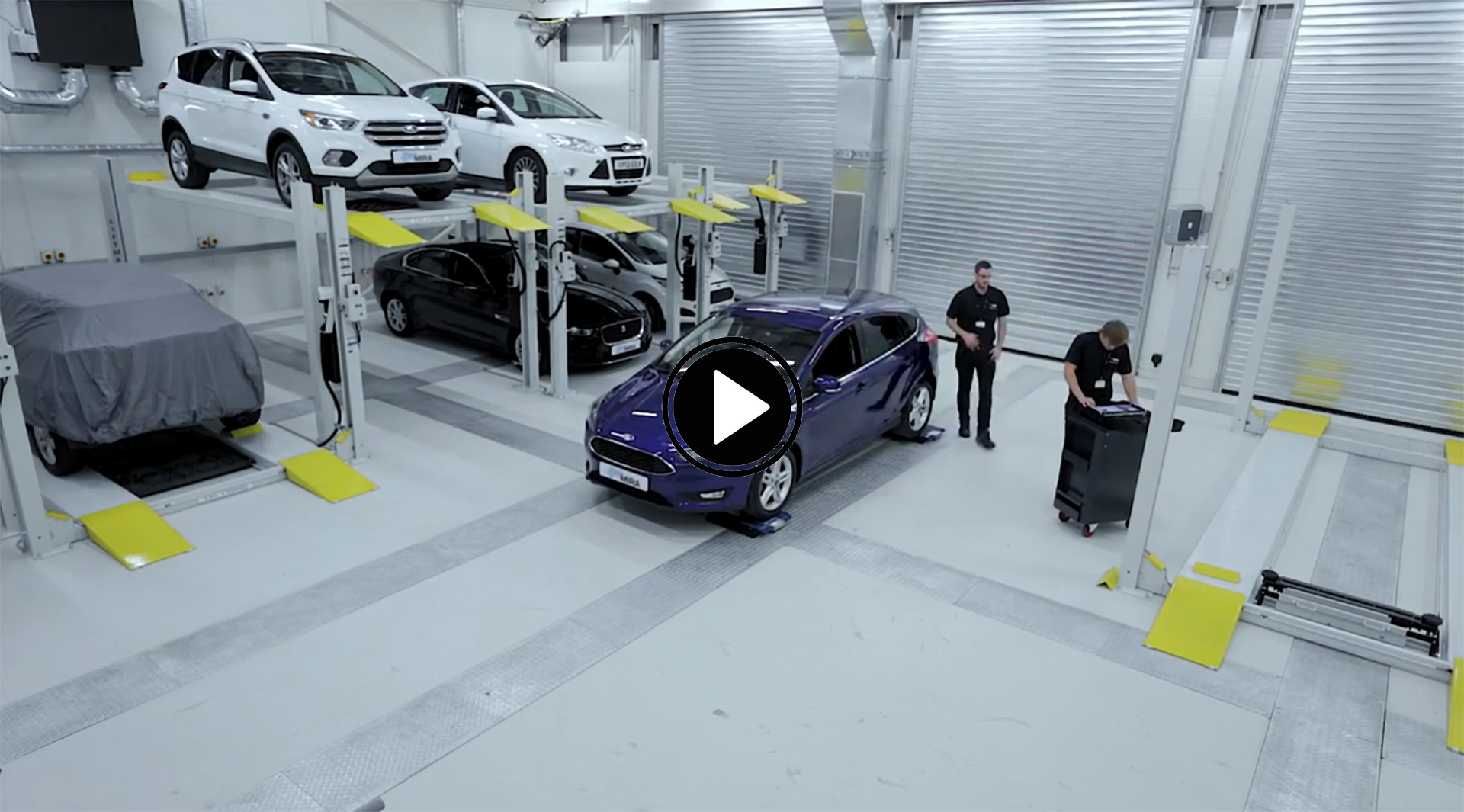
Prabhjot Kaur added:
“Measurement of emissions in the real world presents many challenges with different test conditions encountered during the day as well as day to day. Whilst the new legislation brings in real world driving requirements, the laboratory test is still critical for measuring pollutant emissions and determining fuel consumption. The laboratory provides a controlled reproducible and repeatable test environment, using a standard test method, allowing comparison of emissions and fuel consumption from different vehicle makes and models.”
The new VIAs a leader in emissions testing, HORIBA MIRA has made significant investments into the new Advanced Emissions Test Centre (AETC) facility and PEMs equipment to support the stricter requirements of the WLTP and RDE tests. HORIBA MIRA’s state of the art AETC and RDE facilities are VCA & RDW verified for Type Approval Emissions testing supporting customer’s research, development and certification projects.
View our AETC Facilities

